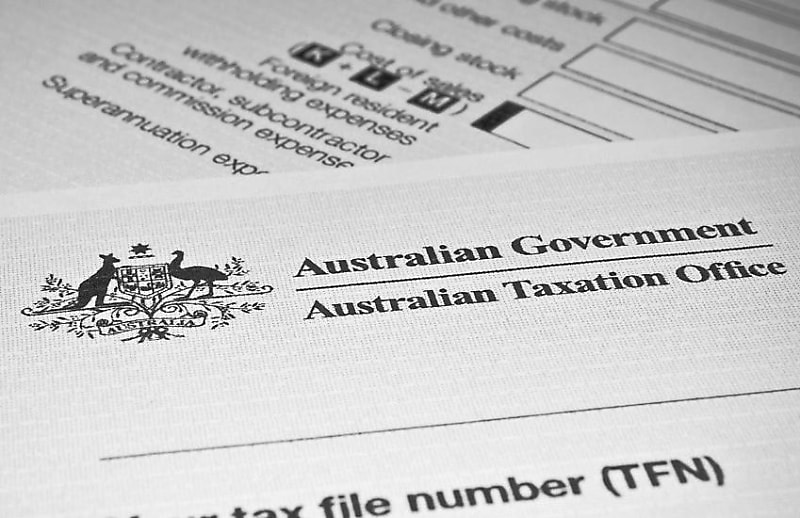ATO releases revised WFH expense claims guidance
TaxUPDATED: The shortcut method adopted during the pandemic ended on June 30 and PCG 2022/D4 changes the game.

Revisions to the work-from-home rules reduce the shortcut or fixed-rate allowance from 80c an hour to 67c but allow additional claims for equipment and other expenses, the long-awaited ATO guidance reveals.
Effective from 1 July 2022 – when the previous pandemic inspired provisions ended – PCG 2022/D4 sets out the ATO’s post-COVID regime for WFH tax deductions.
The shortcut method now involves a 67c-an-hour claim that includes energy, internet and mobile expenses as well as costs incurred for stationery and computer consumables.
“This means you cannot claim an additional separate deduction for any of these expenses. For example, if you use your mobile phone when you are working from home and when you are working from somewhere other than your home, your total deduction for mobile phone expenses for the income year will be covered by the hourly rate of 67c per hour,” the ATO said.
It does not require a separate, dedicated work area and allows claims for “the actual decline in value deduction for the depreciating assets used while working from home (for example, a computer or similar electronic device, desk and office chair)” as well as certain other running expenses.
If multiple taxpayers are claiming WFH expenses in the same household at the same time “each taxpayer will be able to rely on this Guideline only if each of those taxpayers meets all the requirements”, if they want to use the fixed-rate method.
However, each taxpayer in a shared house can choose which method they apply with the actual cost method of claiming WFH deductions continuing as before.
IPA general manager of technical policy Tony Greco said the ATO revised shortcut method reflected Australia’s changed circumstances.
“What is playing out now is that employers are either been offered a hybrid arrangement or allowing employees to mostly work from home. This is the new normal and therefore our tax system needs to adapt.”
He said the previous shortcut method was administratively straightforward and two significant advantages carry over to the revised system.
“The major benefit was the recognition that most people working from home did not have a dedicated space to perform their day job so this eligibility requirement was not required.
“In addition, multiple people in the house could use the short cut method simultaneously.”
Some additional extra record keeping would be required, however. For 2022-23, it was necessary to make a record that is “representative of the total number of hours worked from home from 1 July to 31 December”, while for the balance of the financial year it had to be the “actual hours” worked from home.
“Getting clients to adhere to this requirement will be a huge challenge for tax practitioners,” he said.




